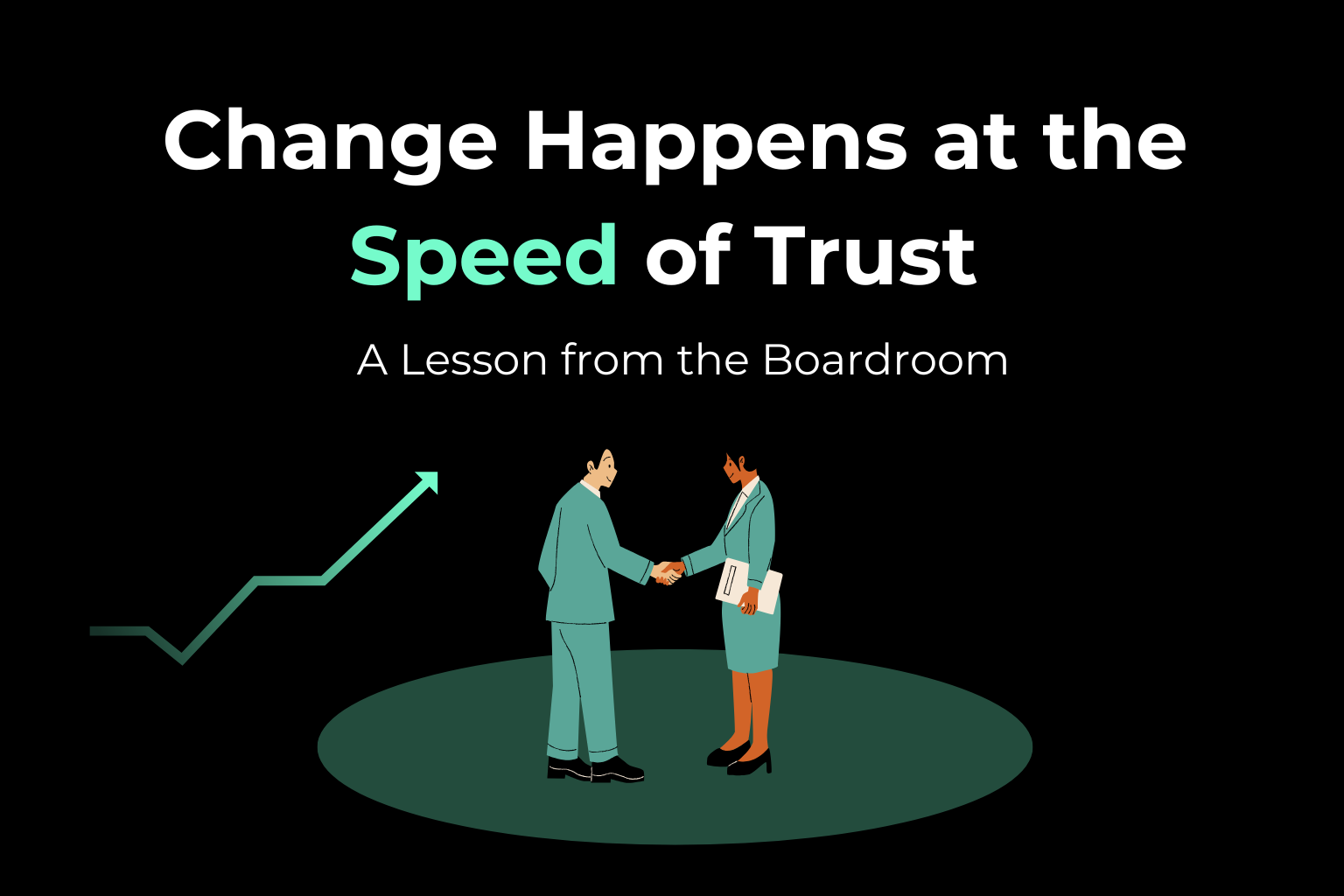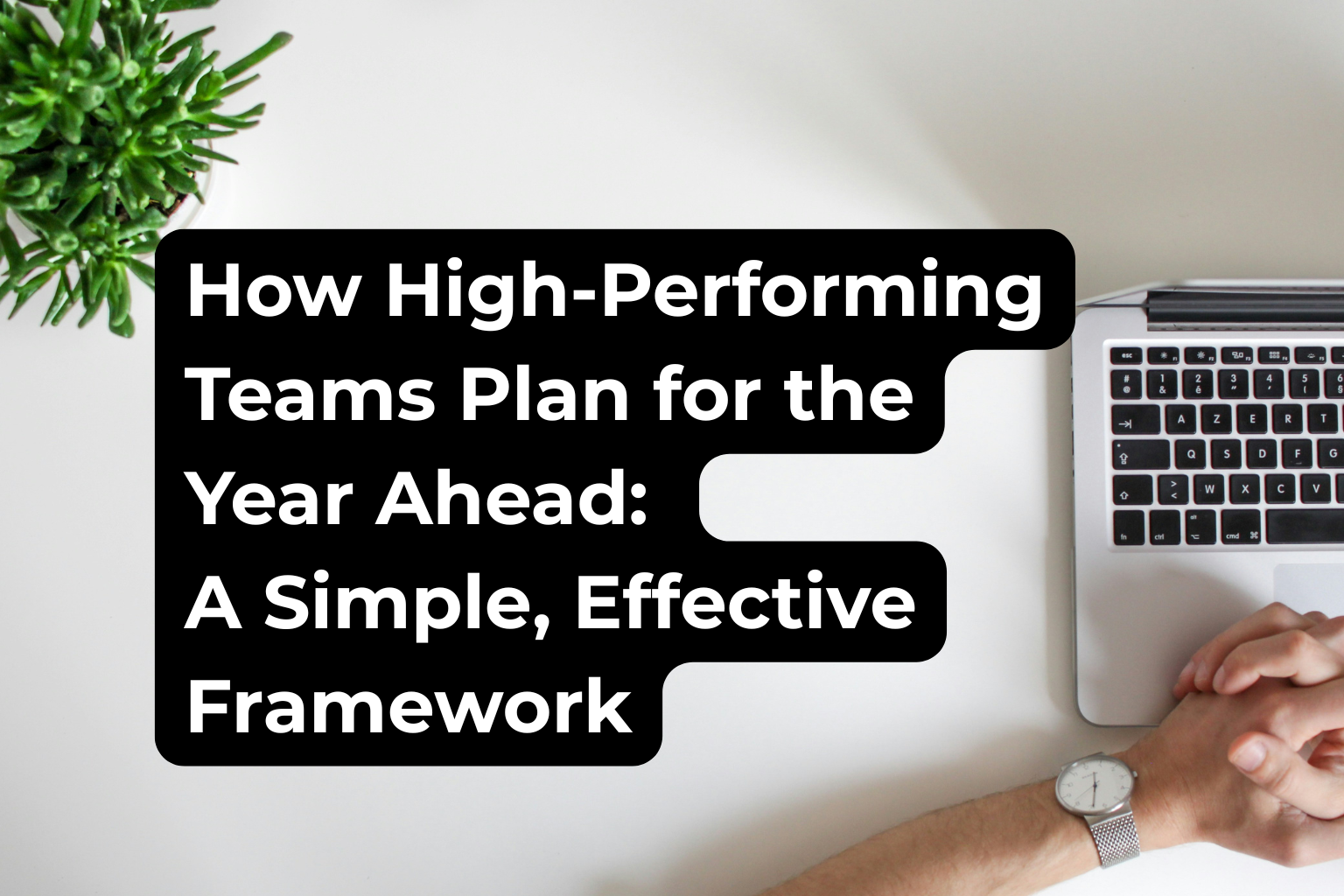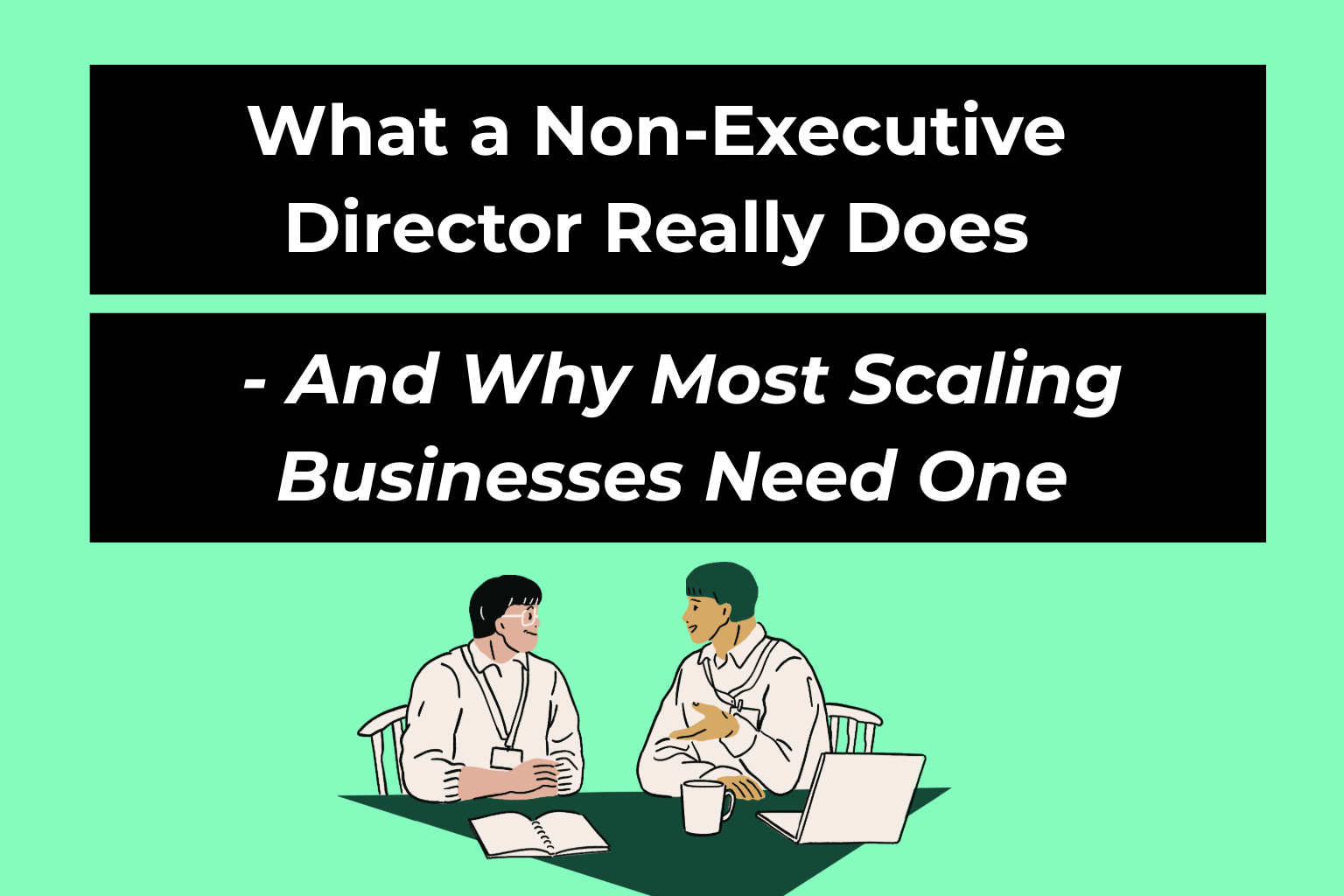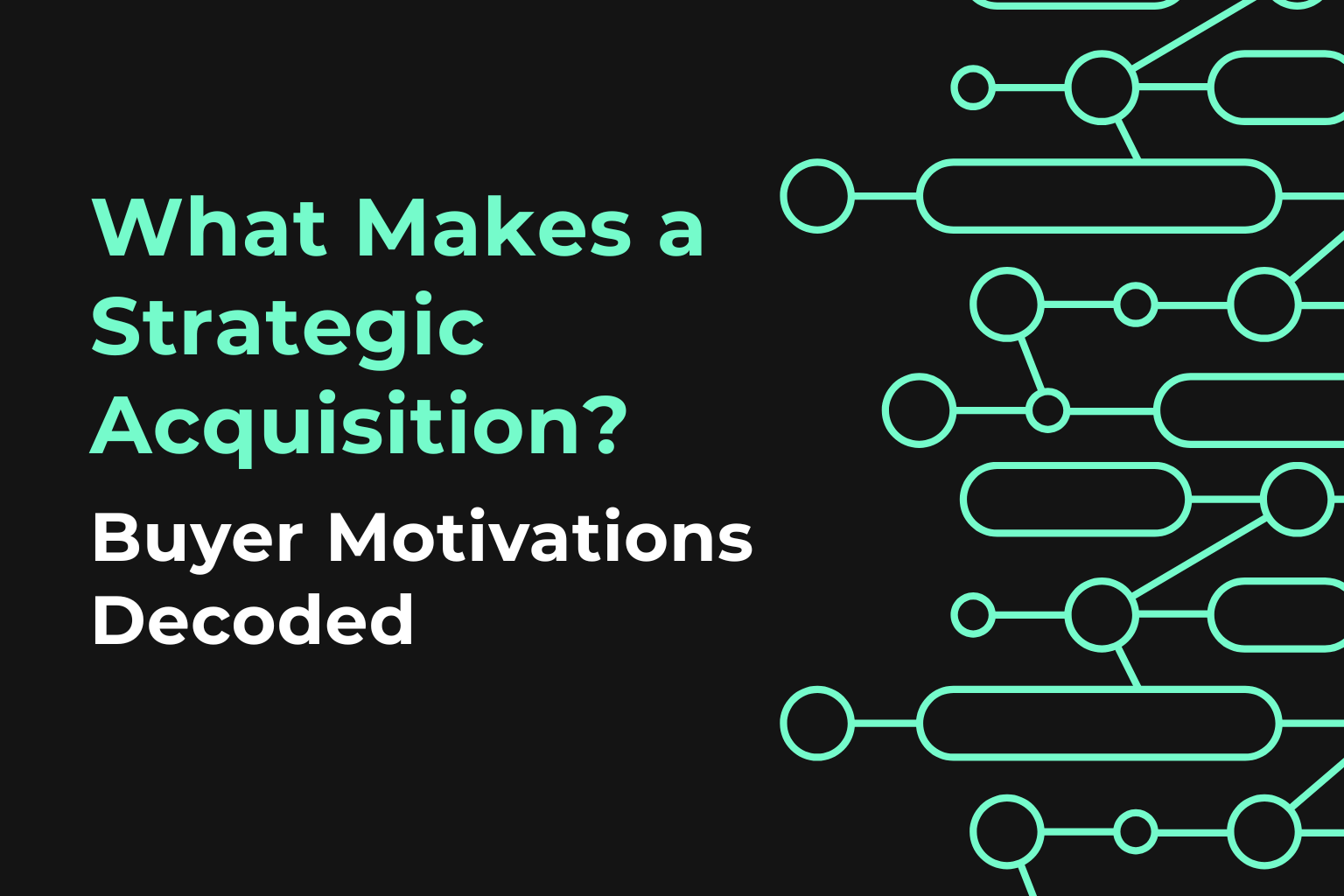At Scaled, we have the privilege of working with leadership teams across agencies, SaaS, and B2B service companies as they navigate transformation.
From professionalising operations to scaling for exit, one truth consistently emerges across every boardroom and every business model: 👉 Change happens at the speed of trust.
It sounds deceptively simple. Almost soft. But it’s the single most important and least understood reason why some organisations make change stick – and others stall.
Why Trust Is the Real Bottleneck
From the board table, it’s clear that great strategy and strong financials aren’t enough. Even the most sophisticated transformation plans can collapse when people don’t believe in the story being told.
Leaders often assume that if the logic stacks up, the team will follow. But change isn’t rational first, it’s emotional.
Inside every organisation, employees are quietly asking:
- Do I trust the people leading this?
- Do I believe the reasons behind it?
- Will I be safe, valued, and rewarded if I support it?
If the answer to any of these questions is no, resistance sets in – and resistance spreads quickly.
Where Traditional Frameworks Fall Short
Frameworks like Kotter’s 8 Steps or Prosci’s ADKAR are useful, but they often miss the deeper human truth: every stage depends on trust.
For example:
- ‘Create Urgency’ without trust looks like fearmongering.
- ‘Build a Coalition’ without trust becomes an inner circle.
- ‘Generate Short-Term Wins’ without trust looks like spin.
The mechanics are sound, but without trust, they misfire.
How to Build Trust During Change
When we advise leadership teams, we focus on five trust-building disciplines that underpin any successful transformation – whether it’s a restructure, M&A integration, or digital overhaul:
- Co-Create, Don’t Dictate
Even if the “what” is fixed, involve teams in shaping the “how.” Ownership builds belief. - Micro-Commitments Over Grand Gestures
Deliver small, visible wins early. People need proof, not promises. - Radical Transparency
Share both the upside and the risk. People can handle bad news better than uncertainty. - Symbolic Leadership
If sacrifice is required, leaders go first. Example builds credibility faster than messaging. - Rituals of Communication
Don’t rely on one-off announcements. Create regular, open forums for dialogue – they signal commitment, not just compliance.
The ‘Trust Audit’ Before Change
Before pressing “go” on any transformation, we run a simple Trust Audit across five dimensions:
- Leadership credibility: Do people believe leaders deliver on promises?
- Clarity of vision: Can everyone explain why change is needed in one sentence?
- Fairness of impact: Is the burden shared across levels?
- Channels for voice: Do people feel heard, not dictated to?
- Track record: Have past promises been kept?
If the answer to any is “no,” slow down and build the foundations first – otherwise, your initiative will be running uphill from day one.
The Board-Level View
Across our work as consultants and NEDs, Scaled often acts as the bridge between strategy and psychology – reminding leadership teams that success depends as much on trust as on numbers.
When you respect that change moves at the speed of trust, you pace transformation differently. You make trust-building as deliberate as financial planning.
It may feel slower at the start, but it accelerates outcomes at the finish. Because when people trust the journey, they stop resisting and start driving it.
Final Thought
Before launching your next major change, ask one question:
Do our people trust us enough to follow us into the unknown?
If the answer is yes, momentum will follow.
If it’s no, no framework in the world will save you.
Change happens at the speed of trust. Build that first. Everything else follows.



